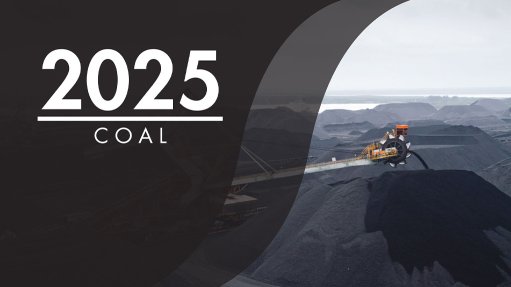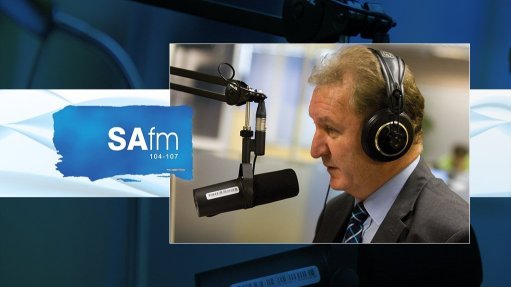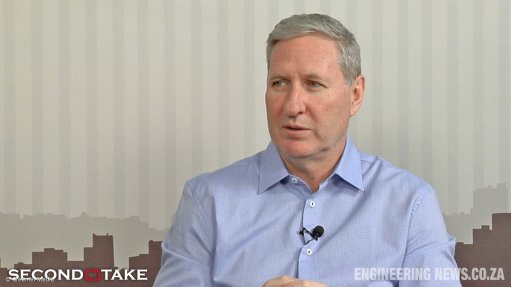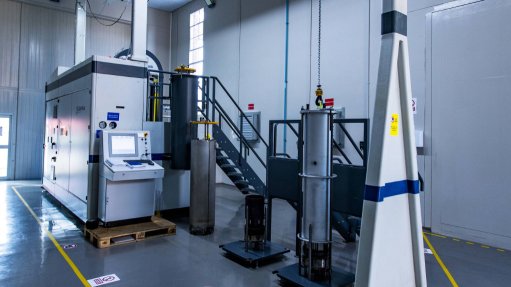South African food inflation rose in February
South African food and non-alcoholic beverage (NAB) inflation (hereafter to be referred to simply as food inflation, for short) edged up again in February, the Bureau for Food and Agricultural Policy (BFAP) has pointed out, in its “BFAP Food Inflation Brief – February 2025” report. However, it remained below the level of Consumer Price Index (CPI) headline inflation, for the twelfth month in succession.
February’s year-on-year (y-o-y) food inflation figure was 2.8%, while the CPI headline inflation figure was 3.2%. The month-on-month (m-o-m) food inflation number was 0.4% while the equivalent CPI headline inflation figure was 0.9%. Food inflation contributed 0.5 percentage points (ppt) to February’s y-o-y CPI headline inflation and 0.1 ppt to the m-o-m figure.
Regarding wider economic factors that affected agriculture, in February the rand appreciated against the dollar by 2.6%, y-o-y (from R19.00:$1.00 to R18.50:$1.00), and by 3%, m-o-m (from R18.72:$1.00 to R18.50:$1.00). South African CPI inflation for “electricity & other fuels” was 11%, y-o-y, and 0.1%, m-o-m, while that for “fuel” fell by -3.6% y-o-y, but rose by 3.9% m-o-m.
The y-o-y inflation figures for the different food categories and food items in February (from highest to lowest) were NAB (8.5%), fruits and nuts (6.8%), sugar and sugar-rich foods (5.5%), fish and other seafood (4.8%), cereal products (3.9%), oils and fats (2.3%), vegetables (1.7%), dairy and eggs (1.3%), and meat (zero percent). The m-o-m numbers were fruits and nuts (1.8%), cereal products (1%), fish and other seafood (0.8%), NAB (0.6%), sugar and sugar-rich foods (0.1%), dairy and eggs (zero percent), and meat (also zero percent), while deflation was experienced by oils and fats (-0.4%) and vegetables (-0.6%).
In February, in y-o-y terms, and in the BFAP’s order and categorisation, those commonly bought food items with inflation equal to or greater than 20% were fruit juice concentrates; and instant coffee. Those with inflation equal to or greater than 10%, but less than 20%, were maize meal, samp; cabbage; apples, bananas; dried beans; Ceylon tea and canned fizzy drinks. Those with inflation equal to or greater than 5% but less than 10% were hot cereals, some baked goods; ham, polony; spinach, cucumber, carrots, lettuce, peppers, frozen vegetables; hake (fresh/frozen), canned pilchards; powdered milk; peanut butter; rooibos tea, amageu (a traditional fermented NAB), mineral water; white sugar and some sugar-rich foods.
Commonly bought food items which saw y-o-y deflation in February were (again in the BFAP’s order and categorisation) wheat flour, pasta, potatoes, sweet potatoes; beef (brisket, chuck, fillet, mince, corned meat); chicken (whole fresh, fresh portions, giblets); pork (fillet, ribs); sausages (beef, pork, mutton); eggs; fresh low fat milk; pumpkin, prepared salads; avocados, oranges, pears; brick margarine; and, peanuts.
In February, the BFAP’s Thrifty Healthy Food Basket (THFB) would have cost R3 889, which was a R155, or 4.1%, increase y-o-y and a R19, or 0.5%, rise m-o-m. The THFB is composed of a nutritionally-balanced combination of 26 food items from all food groups and is designed to feed a reference family of two adults, one older and one younger child, for a month. Buying the THFB would have cost a low-income family 31.4% of its income (an increase from the January figure of 31.3%).
For comparative purposes, the BFAP also tracked food inflation in Brazil, China, the EU, Kenya, the US, and Zambia. In January and February this year, Zambia (at 20.6% in February), Brazil (7%) and Kenya (6.4%) had higher food inflation than South Africa. The EU and US had lower food inflation than South Africa while China recorded food deflation of -3.3%. Of these countries plus South Africa, those which experienced increasing food inflation in the period December to February were (in the BFAP’s order) Zambia, Kenya and South Africa. Those with decreasing food inflation were Brazil, China and the EU. (Food inflation in the US was pretty stable.)
“Food inflation pressure is expected to rise modestly in the coming months, driven by global uncertainties associated with the policy direction from the new US government and potential impacts on the rand exchange rate,” summed up the BFAP. Gradually increasing value added tax, as proposed by the National Treasury, would in time increase the prices of those foods not zero-rated. “On a positive front, the new summer crop harvest is anticipated to moderate gains in food inflation, providing relief to livestock producers through lower feed costs and easing the cost of core staples for consumers.”
Article Enquiry
Email Article
Save Article
Feedback
To advertise email advertising@creamermedia.co.za or click here
Comments
Press Office
Announcements
What's On
Subscribe to improve your user experience...
Option 1 (equivalent of R125 a month):
Receive a weekly copy of Creamer Media's Engineering News & Mining Weekly magazine
(print copy for those in South Africa and e-magazine for those outside of South Africa)
Receive daily email newsletters
Access to full search results
Access archive of magazine back copies
Access to Projects in Progress
Access to ONE Research Report of your choice in PDF format
Option 2 (equivalent of R375 a month):
All benefits from Option 1
PLUS
Access to Creamer Media's Research Channel Africa for ALL Research Reports, in PDF format, on various industrial and mining sectors
including Electricity; Water; Energy Transition; Hydrogen; Roads, Rail and Ports; Coal; Gold; Platinum; Battery Metals; etc.
Already a subscriber?
Forgotten your password?
Receive weekly copy of Creamer Media's Engineering News & Mining Weekly magazine (print copy for those in South Africa and e-magazine for those outside of South Africa)
➕
Recieve daily email newsletters
➕
Access to full search results
➕
Access archive of magazine back copies
➕
Access to Projects in Progress
➕
Access to ONE Research Report of your choice in PDF format
RESEARCH CHANNEL AFRICA
R4500 (equivalent of R375 a month)
SUBSCRIBEAll benefits from Option 1
➕
Access to Creamer Media's Research Channel Africa for ALL Research Reports on various industrial and mining sectors, in PDF format, including on:
Electricity
➕
Water
➕
Energy Transition
➕
Hydrogen
➕
Roads, Rail and Ports
➕
Coal
➕
Gold
➕
Platinum
➕
Battery Metals
➕
etc.
Receive all benefits from Option 1 or Option 2 delivered to numerous people at your company
➕
Multiple User names and Passwords for simultaneous log-ins
➕
Intranet integration access to all in your organisation
















